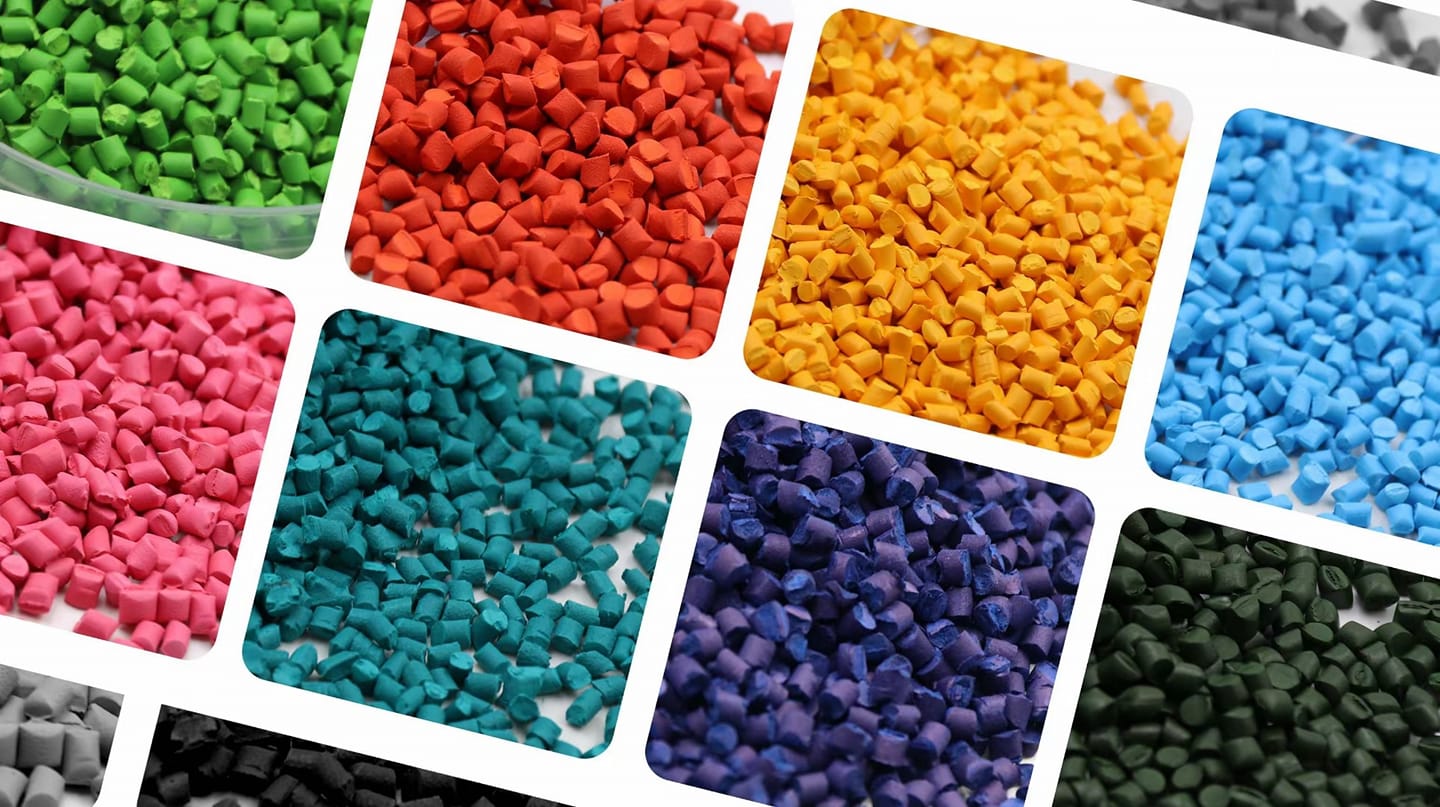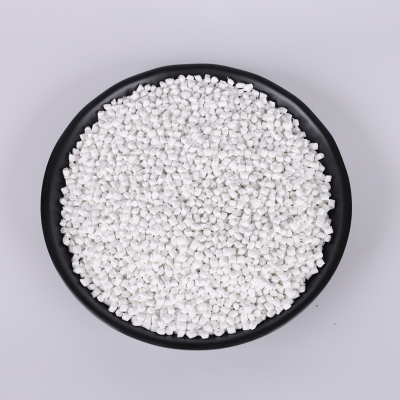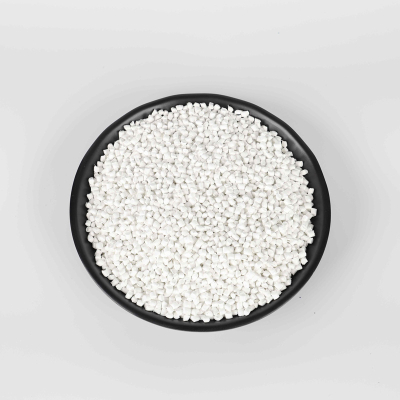Pipe Industry Secrets Revealed! What's the Difference Between HDPE and PE?
When it comes to selecting materials for construction and industrial piping, HDPE and PE pipes each have distinct characteristics
due to their performance differences. High-density polyethylene (HDPE) pipes, thanks to their excellent mechanical properties,
play a key role in high-pressure transmission, while standard polyethylene (PE) pipes are favored by the market for a wider range
of applications.
In terms of material properties, HDPE pipes are made from high-density polyethylene, which has a more compact molecular
structure, giving the pipes higher compressive strength and impact resistance. According to the Masterbatch Industry Network,
this property makes them particularly suitable for high-pressure applications such as city gas transmission. In contrast, while
PE pipes are slightly weaker in strength, their excellent flexibility and cost-effectiveness make them more advantageous in
low-pressure fluid transportation.
In terms of specific applications, the two pipes exhibit significant differences. HDPE pipes are the preferred material for gas
transmission systems due to their excellent corrosion resistance. PE pipes, on the other hand, have a wider range of applications,
being used not only to transport a variety of gases but also some chemical liquids. This versatility makes them popular in both
civil and industrial sectors.
Density is a key parameter that distinguishes the two types of pipe. HDPE pipe typically has a density range of 0.941-0.965 g/cm³, significantly higher than the 0.910-0.925 g/cm³ of PE pipe. This density difference directly affects the pipe's pressure-bearing
capacity, impact resistance, and service life, and users should consider these factors when selecting a pipe based on their specific
operating conditions.
In home renovations, pipe selection requires further consideration. In addition to HDPE and PE pipes, PE-XC pipes are a preferred
choice for water supply systems due to their environmental and hygienic properties, while PPR pipes are widely used in hot water
systems due to their heat resistance. Each pipe type has its own unique advantages and limitations, so consumers are advised to
consider the specific application environment and budget.





